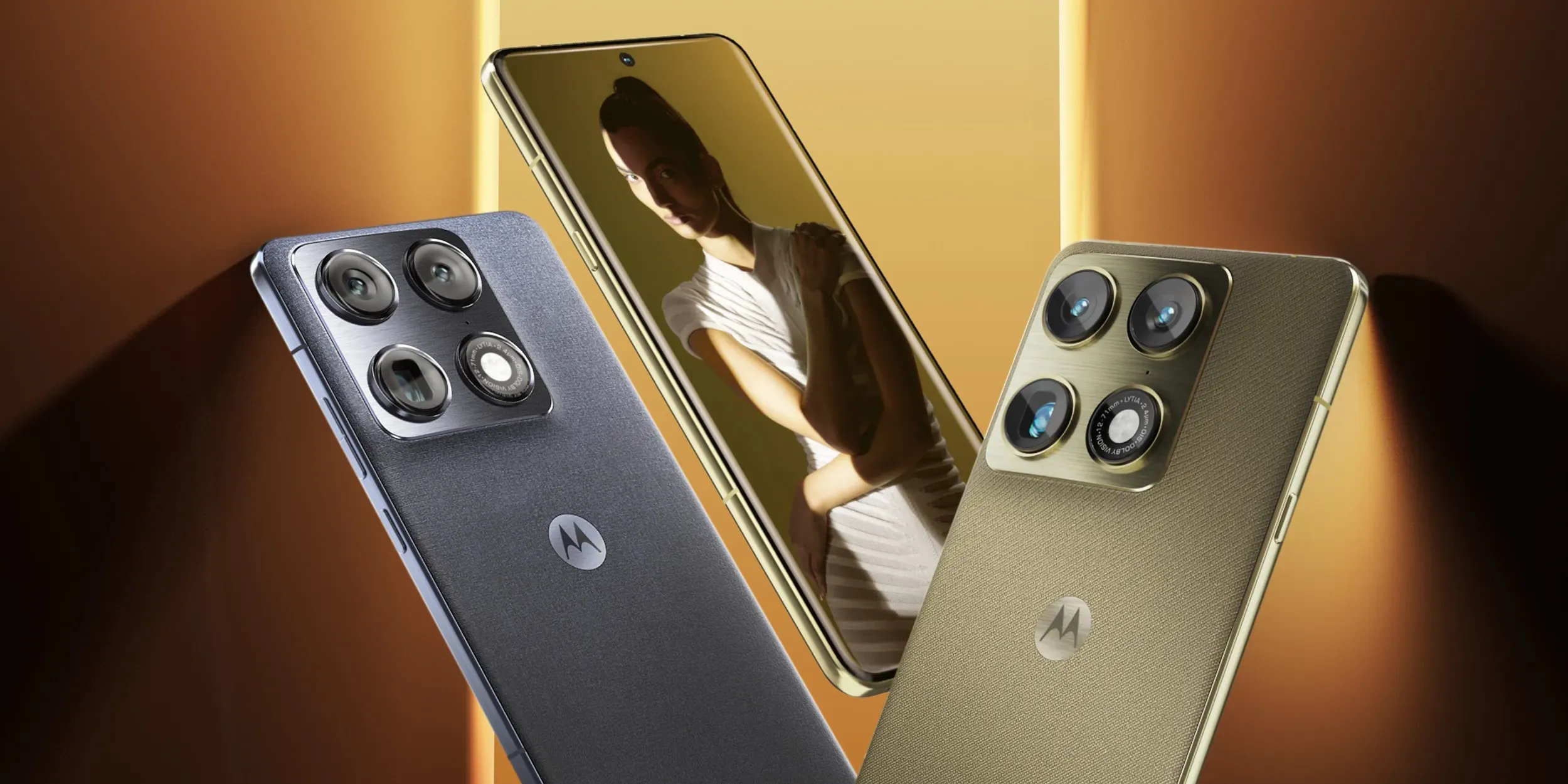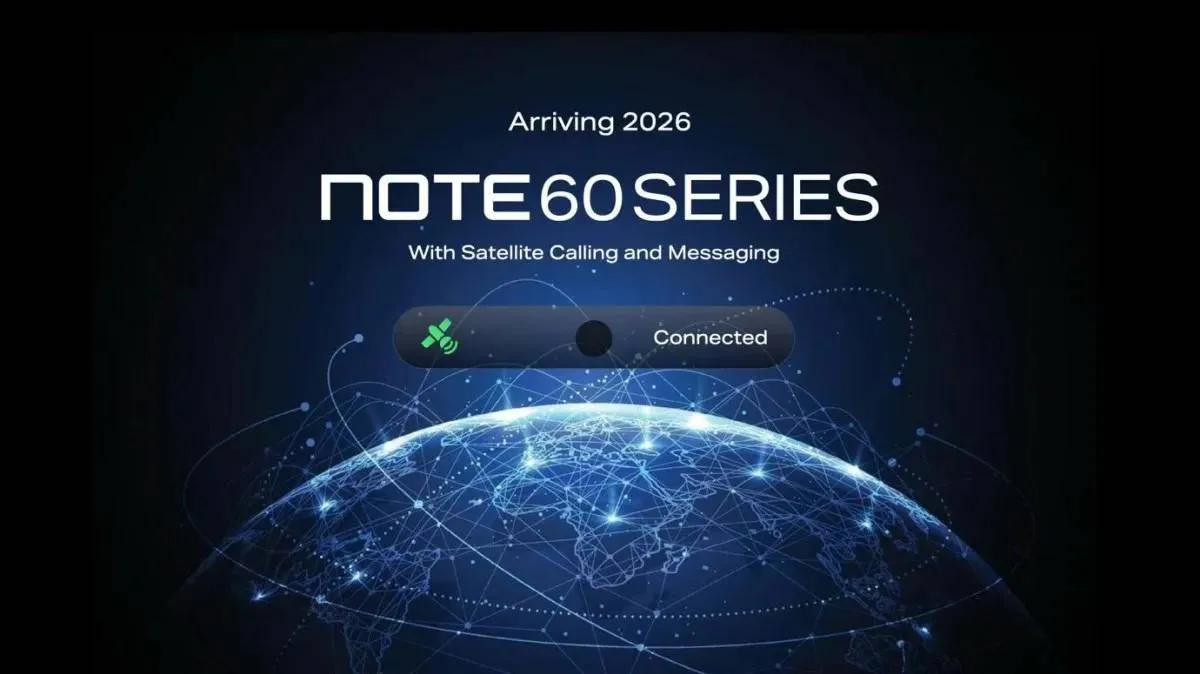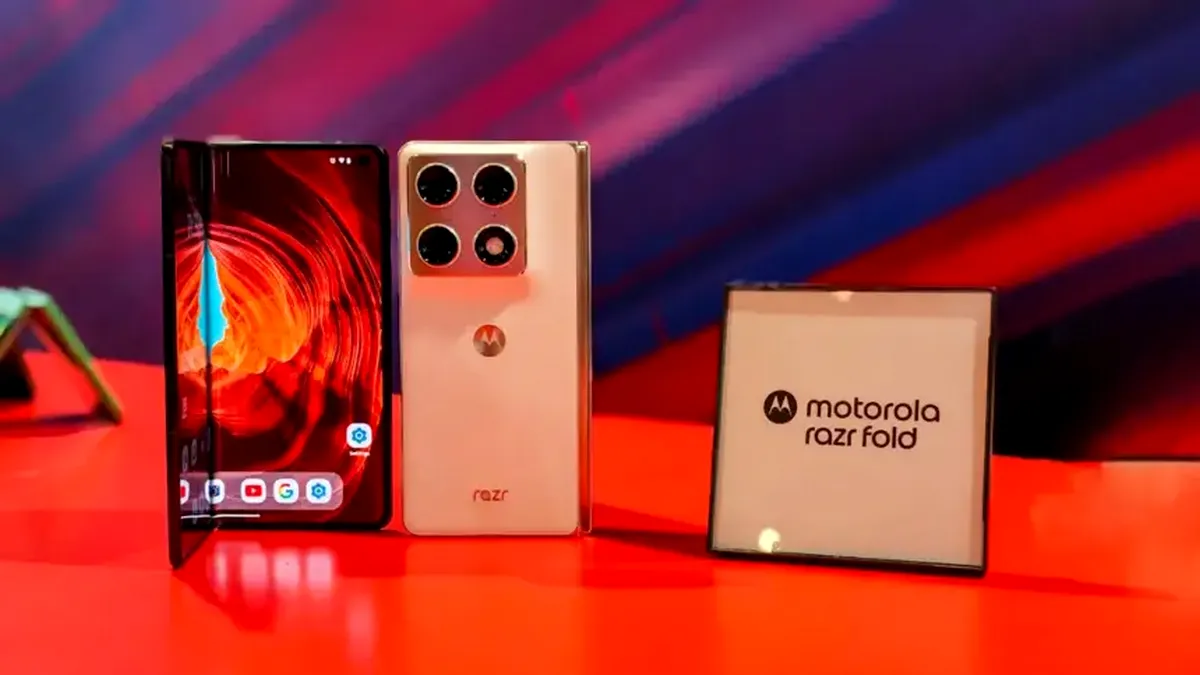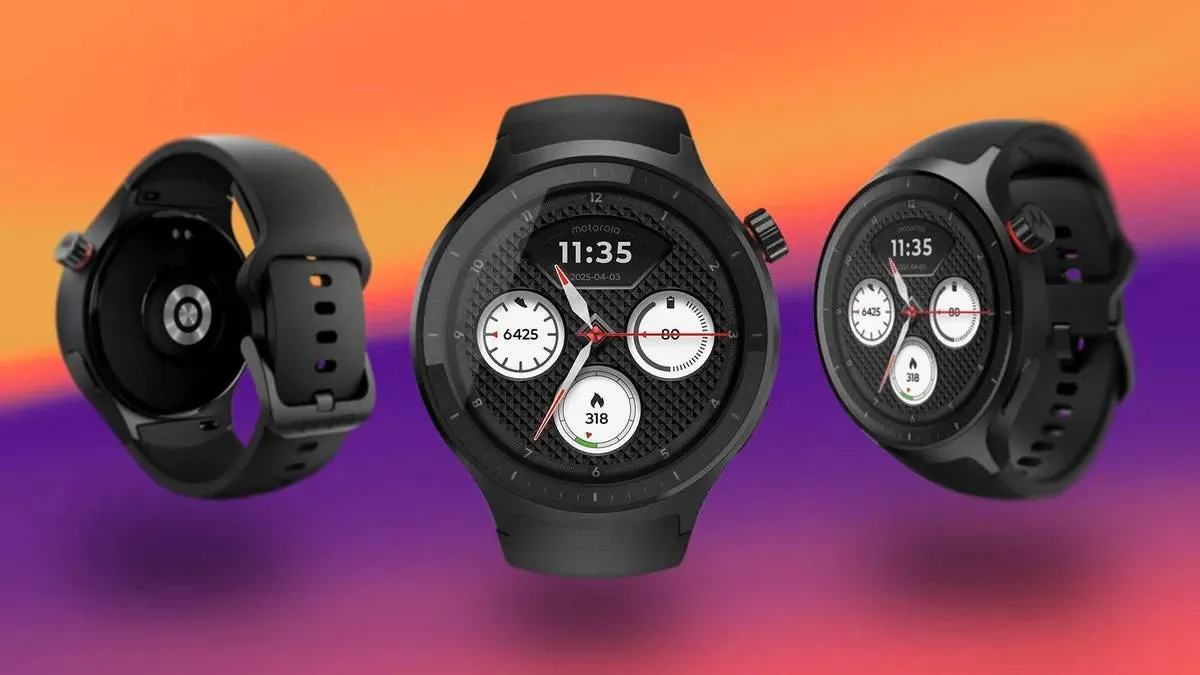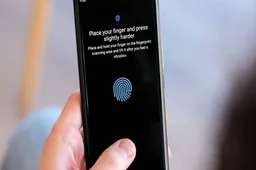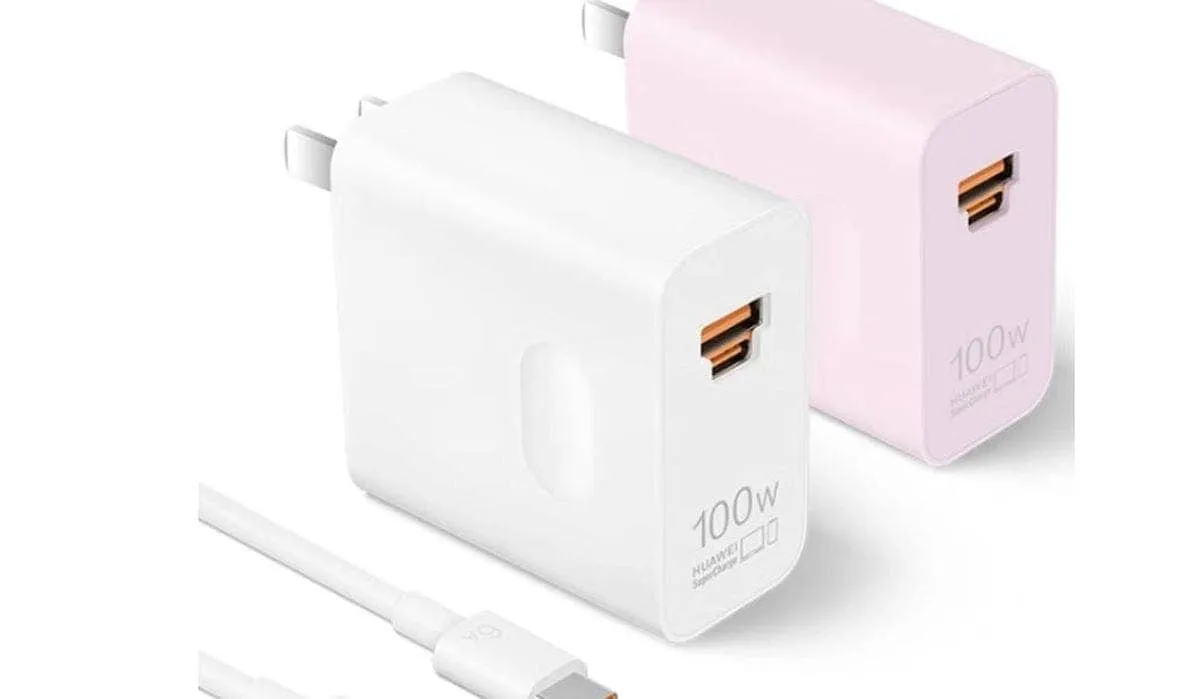
Huawei has recently released its highly anticipated all-in-one charger (Max 100W), which supports fast charging for various devices, including Huawei, iOS, HarmonyOS, and Android. The charger is priced at 299 yuan and is available in two colour options, Sakura Pink and White. It uses a USB-A/C fusion interface, supporting charging power up to 100W and is compatible with Huawei SuperCharge and China Fusion Fast Charging UFCS protocol.
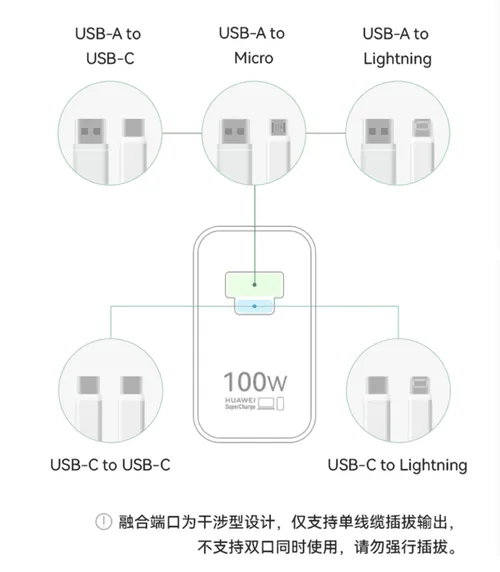
Impressive Charging Speeds
The Max 100W charger offers impressive charging speeds for Huawei devices. For instance, the Huawei Nova 12 Pro can be charged to 60% in just 10 minutes, while the Mate 60 Pro can be charged to 98% in 30 minutes. Additionally, the Mate X5 can be charged to 86% in 30 minutes. These impressive charging speeds are due to the charger's compatibility with various fast charging protocols, including PD, PPS, and QC.
Huawei has been pushing the boundaries of charging speeds for several years, with a particular focus on electric smartphones. The Huawei SuperCharge Max 100W charger can charge a device from 0% to 60% in just 10 minutes. This charger is now available for purchase on JD.com for 299 yuan (around $41). The all-in-one charger supports fast charging for various devices, including Huawei, iOS, HarmonyOS, and Android.
Huawei's focus on fast-charging technology is part of a broader trend in the smartphone industry, with companies like Apple and Samsung also investing in fast-charging solutions. However, Huawei's emphasis on cost per kilowatt-hour rather than initial capital expenditure is a unique approach that could help make fast charging more economically viable for charging station operators.
Design and Compatibility
The Max 100W charger adopts a fusion port design, which only allows users to plug in one USB-A or USB-C cable at a time. This design has caused some controversy, but Huawei Terminal BG CTO Bruce Lee explained that this is to prevent users from plugging in the cord but not outputting voltage, causing no charging or mistakenly thinking that the charger is faulty.
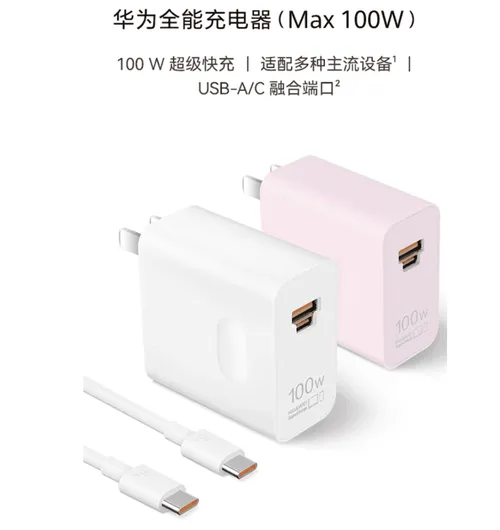
The charger has a rectangular shape and offers a user-friendly appearance with a soothing aesthetic appeal. Also, the charger is equipped with a smart control chip that actively adjusts the charging power based on the connected device. This reduces the risk of high temperature and overcharging. Users can also activate the trickle charging mode to protect the phone's battery health when the battery is already high. Furthermore, the charger is compatible with devices with various operating systems, making it a versatile option for users with different devices.
Controversial Design
The Huawei Max 100W charger has been a topic of controversy due to its design. Some argue that the design is not user-friendly and could lead to safety issues. The charger comes with a rectangular shape design, which differs from most chargers' traditional circular design. However, this design is facing criticism for being difficult to plug in and unplug, as well as for being prone to falling out of the socket.
Also, the charger only allows users to plug in one USB-A or USB-C cable at a time. The Huawei Max 100W charger has a foldable plug design, which some users have reported breaking off or becoming loose after only a short period of use. This has led to concerns about the charger's durability and the potential for electrical hazards.
Furthermore, the charger's high wattage has also raised concerns about its safety. While the charger's design provides fast charging for Huawei devices, some experts warn that using a charger with such high wattage could potentially damage the device or even cause a fire.
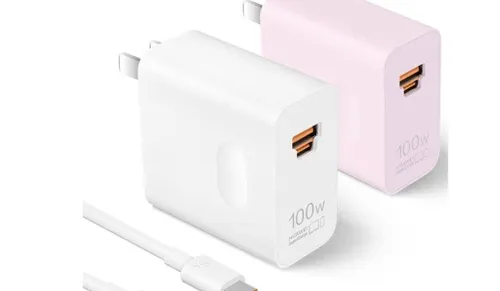
Huawei responds
Despite these concerns, Huawei has defended the design of its Max 100W charger, stating that it has undergone rigorous testing and meets all relevant safety standards. In addition, Huawei Terminal BG CTO Bruce Lee explained that the design prevents users from plugging in the cord but not outputting voltage. This could cause no charging or make users think the charger is faulty.
Lee explained
"Only one port of A or C can output voltage at the same time. In order to prevent the user from plugging in the cord but not outputting voltage, causing no charging or mistakenly thinking that the charger is faulty, physical interference is used. This design allows users to plug in only one charging cable at a time, which also reduces users’ learning costs.”
Conclusion
In conclusion, Huawei's Max 100W charger represents an advancement in fast-charging technology. It offers impressive speeds and broad device compatibility. While the charger's design has sparked controversy, with concerns about user-friendliness and safety, Huawei has stood by its product, highlighting rigorous testing and safety standards adherence. Huawei Terminal BG CTO Bruce Lee explained that this design is to prevent users from plugging in the cord but not outputting voltage. It also helps users to avoid a situation of not properly plugging the charger which could make them think the device is faulty.
The fusion port design, smart control chip, and compatibility with various operating systems make the Max 100W charger a versatile and efficient charging solution for users with diverse devices. As Huawei continues to innovate in the fast-charging space, addressing user feedback and refining design elements will be crucial to ensuring both functionality and user satisfaction. By balancing cutting-edge technology with user-centric design improvements, Huawei can further solidify its position as a leader in fast-charging solutions, catering to the evolving needs of smartphone users seeking efficient and reliable charging options. Overall, the Max 100W charger is a versatile and impressive option for users with various devices.
Loading
